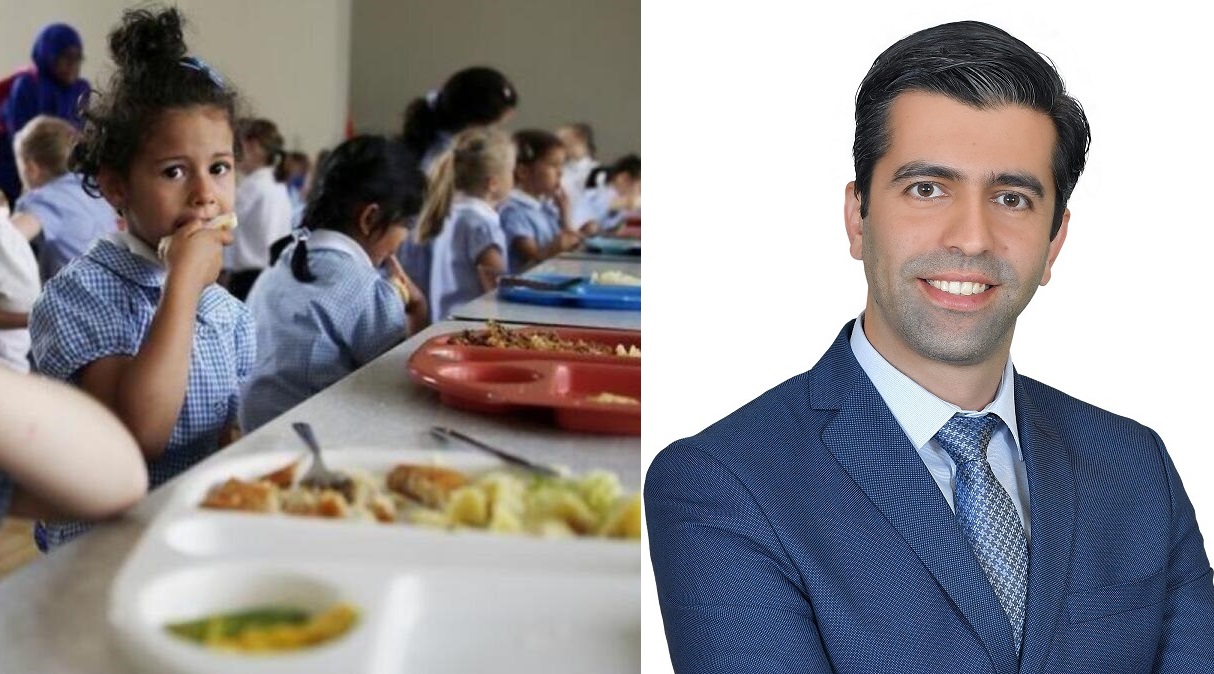Choking is common among toddlers and is usually caused by food, toys and other small objects that get stuck in a child’s windpipe.
A UAE hospital recently reported an increase in cases of children swallowing chemicals and small electronic objects. Emirates Health Services (EHS) said Al Qassimi Women’s and Children’s Hospital admitted more than 50 children in one year, some of whom sustained severe damage to their digestive systems.
The hospital said the most common objects swallowed by children are batteries, magnets, nails and chicken bones, which experts have warned can cause serious harm.
With choking cases on the rise, UAE doctors are urging parents to take extra care to ensure their children don’t accidentally swallow foreign objects.
Dr. Anas Abdalla Alshorman, neonatologist specialist at Sheikh Shakhbout Medical City (SSMC) in partnership with Mayo Clinic, says unintentional injury is the leading causing of death in children.
“Death caused by suffocation following foreign body aspiration is the fifth most common cause of unintentional-injury mortality in the United States and the leading cause of unintentional-injury mortality in children younger than one year,” said Alshoman.
He explained that approximately 80 per cent of paediatric foreign body aspiration episodes occur in children younger than three years, with the peak incidence between one- and two-year-olds. This is because they have the fine motor skills to put a small object into their mouths, but they do not yet have molars to chew food adequately and may have uncoordinated or immature swallowing mechanisms and smaller airways diameter.
“Foreign body aspiration is potentially life threatening because it can block respiration, thereby impairing oxygenation and ventilation,” explained Dr Alshoman. “Also, can cause morbidity due to the acute hypoxia, and can cause chronic airway damage, lung infections, abnormal breathing sounds from long standing aspirated foreign body.”
Nazer Olakara, President, Child Protection Team, UAE, says children under four face the highest risk of getting food stuck in their throats. “Foods get stuck in their throat due to carelessness and fast eating,” he said. “There are also situations where young children are at risk for not knowing how to chew food properly.” .”
Olakara explains than swallowing food and eating too fast can cause food to get stuck in the throat in children.
“When food gets stuck in the throat, the throat becomes completely blocked. Clogging of the throat may interfere with the flow of oxygen for some time. Decreased oxygen circulation during this time reduces blood flow to the brain and heart, leading to unconsciousness and subsequent death,” said Olakara, adding that this condition can occur when the throat is completely blocked and in some cases the throat may be half closed.
Children may have some symptoms if the small bronchus of the lungs has been blocked for some time, he added. “Symptoms may include persistent cough and pneumonia.”
If food gets stuck in a child’s throat, the following symptoms may appear:
- Unable to speak
- Persistent cough
- Profuse sweating
- Fingers and toes become blue
- Unconsciousness
Potential choking hazards
- Families can protect their young ones by ensuring children stay away from these choking hazards:
- Cooked or raw whole corn kernels (popcorn)
- Uncut cherry or grape tomatoes
- Uncut grapes, berries, cherries or melon balls
- Pieces of hard raw vegetables or fruits, such as raw carrots or apples
- Whole pieces of canned fruit
- Dried vegetables or fruits, such as raisins
Tips to protect children from choking hazards
- At least one family member should be trained in paediatric first aid.
- When feeding a baby, always prop them or sit them up securely and safely. Do not leave a small child unattended when they are eating.
- Always cut food up into small pieces and remove seeds and pips.
- Watch out for small round food items, such as peanuts, whole grapes, olives, hot dogs, chocolate eggs with small toys inside, hard candy, popcorn and raw carrots.
- Never leave small objects, such as coins, balls or button batteries and deflated balloons, lying around. Be vigilant and store them in a safe place.
- Choose toys according to the appropriate age group, and avoid those with small parts for younger children.
- Create a safe sleeping area for infants, with clean tight bedding and no stuffed toys.






